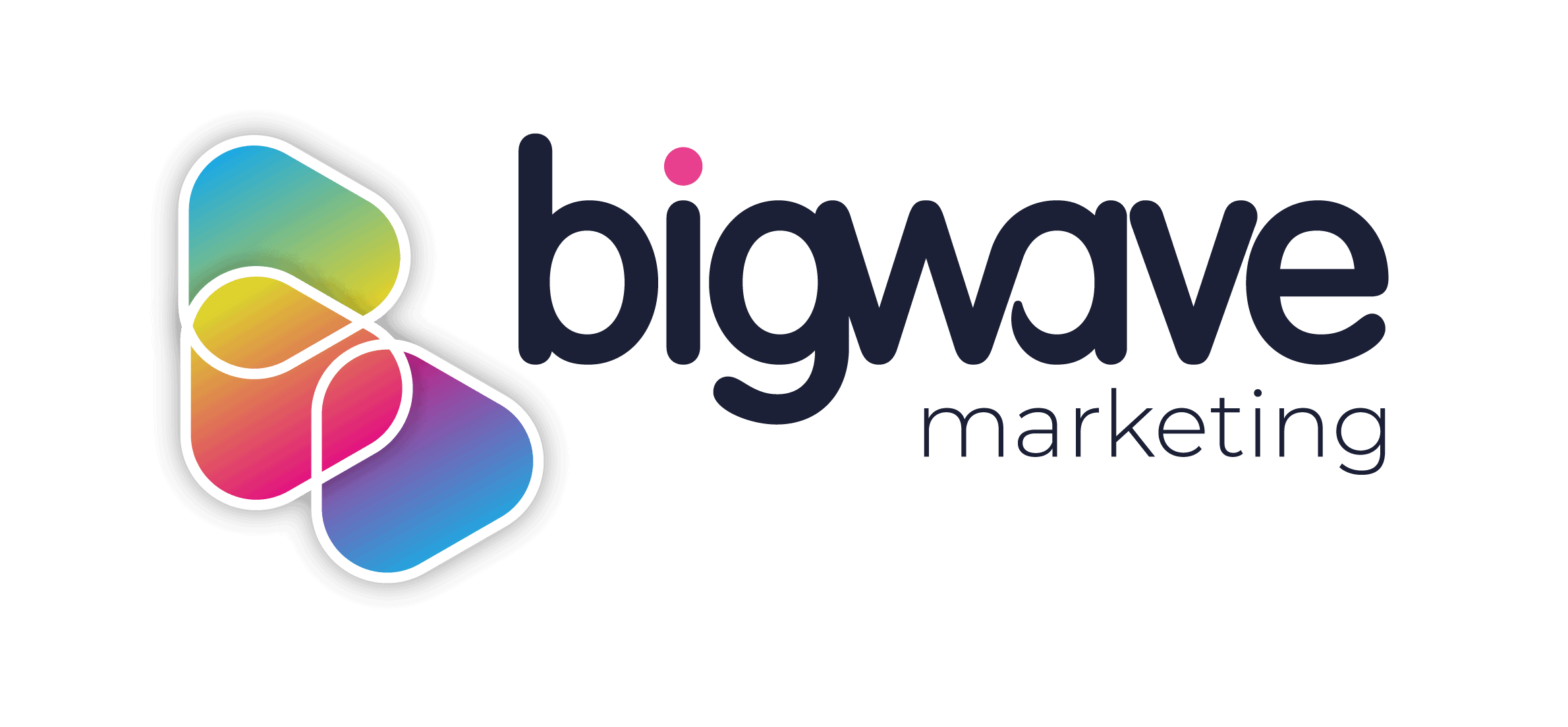Smartphones and tablet devices gave rise to a culture shift towards digital information and engagement in 2012. Over the past year the mobile and tablet have increasingly driven consumers to demand more content via mobile platforms but where will it go in 2013?
![]()
In October Instagram sold for a whopping $715 million to Facebook and highlighted how far the convergence of devices to mobile had come – in this case the use of mobile phones as a viable substitute to digital cameras.
Further convergence has been led by Barclays Bank in the UK as contactless payment systems progressed to mainstream, liberating users from their wallets. Albeit up to a value of around £20 it has none-the-less paved the way for a coin and note free future.
Apple iOS Passbook and Google Wallet introduced us to paper-free boarding cards, vouchers, tickets and more. In 2013 we can expect more companies to issue event ticket and promotional coupons via these platforms. The ability to add geo-tagging to prompt users when they are near a shop or facility is a very targeted marketing device.
Augmented reality bounced and twirled it’s way in front of our tiny mobile screens in 2012, showing that everyday objects could become digital and open a world of interaction. With consoles and games like the Playstation 3 Wonderbook taking advantage of the technology it won’t be far into 2013 before we can expect a rise in augmented marketing ads.
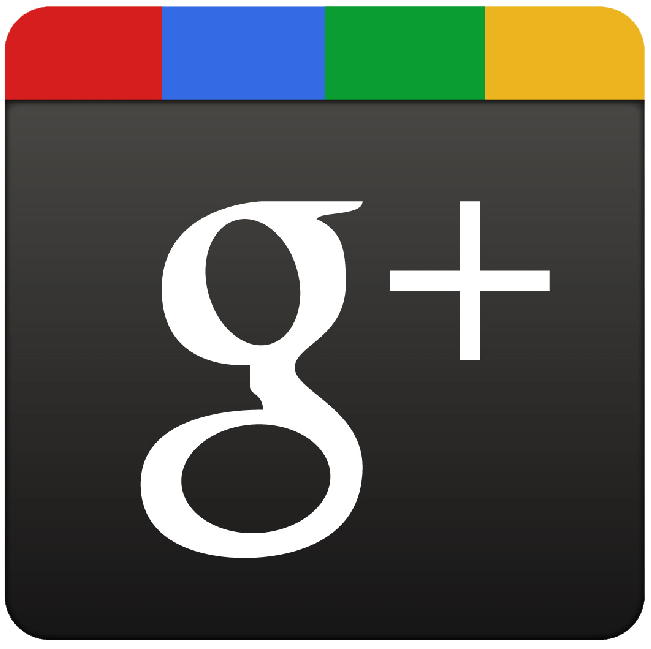
We couldn’t talk about 2012 without talking about the social media revolution. It seems that most brands are now on, or dabbling, with social media and with such a rich tapestry of networks this will continue to grow apace. The plethora of networks from the success story of Pinterest to the slow growth of Google+ has been largely been built on integration and sharing.
More social networks opened their networks via APIs in 2012 to allow companies, marketers and users to share, use logins and integrate networks on websites, apps and more. This shift towards openness has given the most open networks a real boost in growing numbers and ensuring longevity.
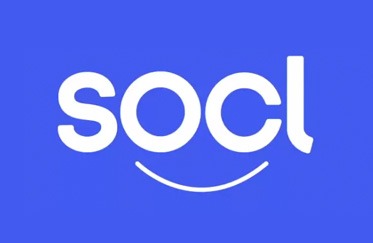
In the coming year more companies will come around to the need to embrace Google+, if little else than to ensure Google rankings for their brand remain as high as possible. Microsoft’s attempt at a social Network ‘Socl’ should leave beta and cause a ripple of excitement as it attempts to join users with similar interests and offer a counter network to Pinterest.
For marketers 2013 will see the need to plan social media activity more concisely. With so many networks, the danger of spreading a brand too thinly will inevitably cause headaches as brands consider which platforms to focus time and energy to. As the now older networks of Facebook, Twitter and YouTube continue to grow and expand the platforms will offer more ways to deliver relevant content and a personalisation to pay per click.
If 2013 delivers anything to the consumer it will be a personalised form of marketing, delivering relevant information at the right time and through the right channel. Unobtrusive, concise and actually useful.
Out shopping? Your favourite shop pings you a discount voucher as you walk past.
Signed up for emails? The content starts to learn and match what you are interested in.
The museums closed? You can still see within it and take a tour using augmented reality.
Taking a break? Pay for a coffee on your phone and then book an exercise class on an app.
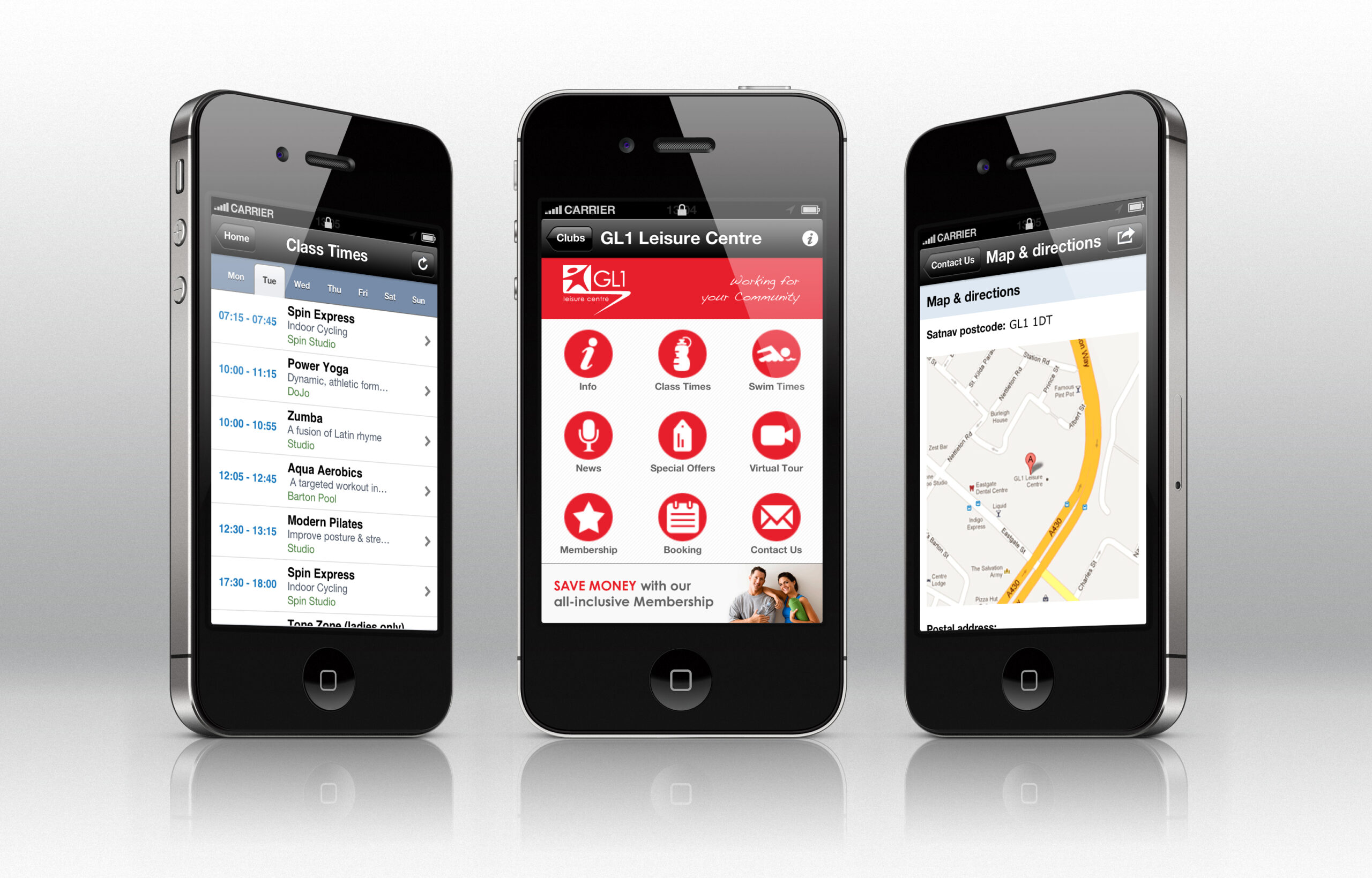
All these things are possible thanks to APIs and are the biggest game changer for marketing. An API effectively allows technology to engage – so a database can feed data direct to another database or a website, or vica versa. This means a customer database could send information to an eMarketing system, adding personalisation or a mobile app could feed a timetable direct to a website.
Combining systems and websites via API’s creates a wealth of data. If content was king in 2012 then data will be king in 2013. The ‘Big Data’ concept takes the notion of current data collections becoming available via the cloud or connected via API’s and allowing it to be cross-referenced, shared and combined.
This gives a powerful way to take data and make meaning of it. Understanding and predicting what an individual consumer will buy or use next and tailoring a personalised marketing campaign just for them will undoubtedly be a key sales tool. Understanding the data though will take marketers into a world of mathematics, logistics and data flows.
A comfort zone will soon be reached but for those that step outside of it, a wonderful world of rich engagement with everything on tap awaits. The new name for the 2012 phone network seems apt to describe 2013; everything, everywhere.
